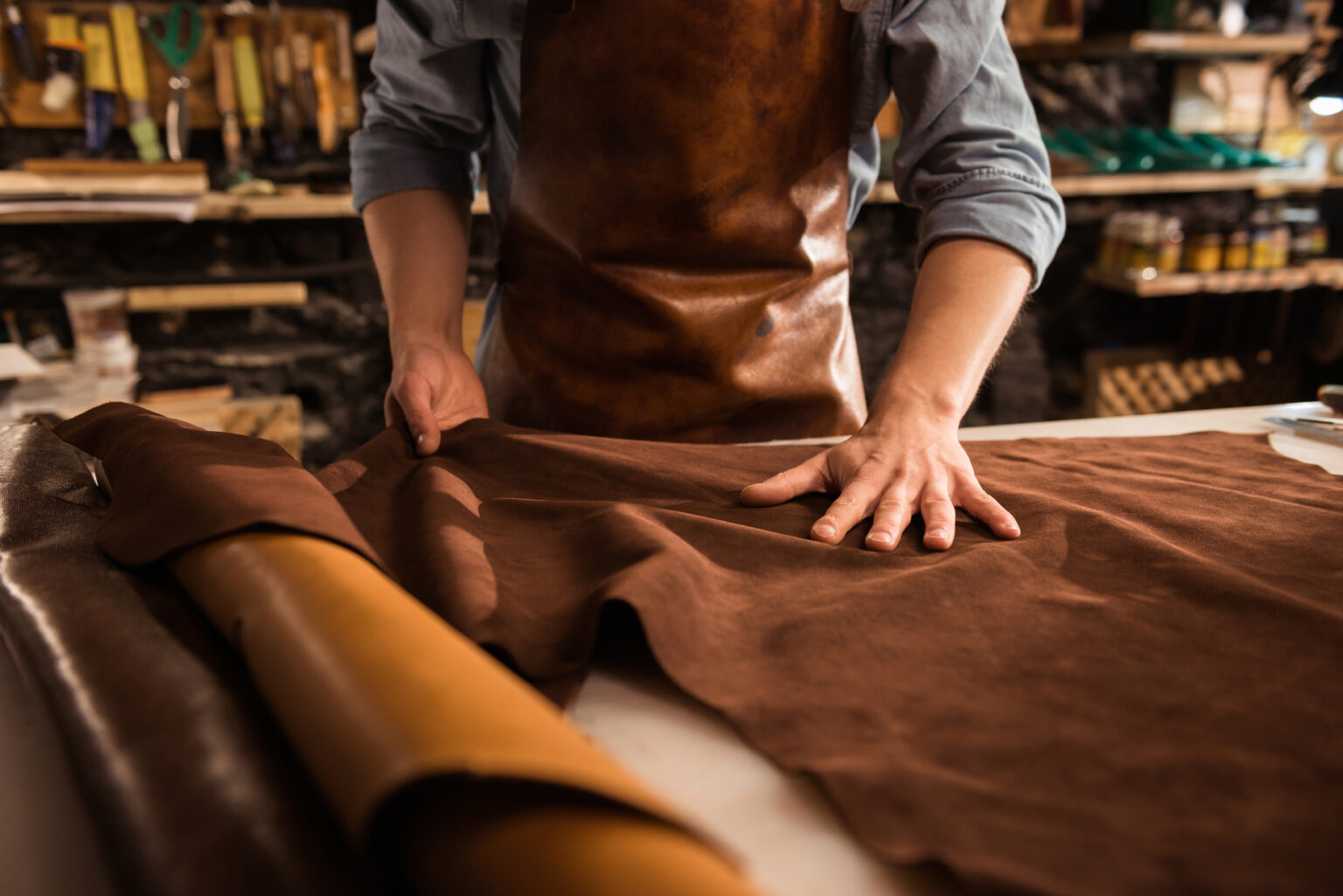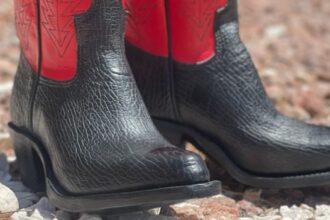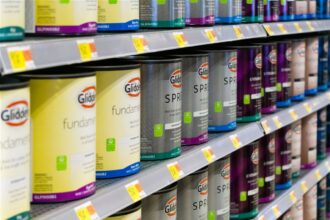If you’re in the world of leather, maybe you design, maybe you buy, maybe you’re just obsessed with a killer pair of boots, it’s impossible not to notice how fast things are changing these days. The old ways haven’t vanished, but the industry sure doesn’t look like it did five or ten years ago. Brands can no longer rest on tradition, nor can simply stating “genuine leather” on a label make a brand acceptable. Success will require evolutionary craftsmanship blended with a good dose of innovation and an honest approach.
Do you want to know what is next in 2026? Here’s an inside look at five leather manufacturing trends that could make or break your brand this year and what they mean for both the big guys and the small creators who share a love for truly great leather goods.
1. Regenerative Leather Sourcing: Making Things Better, Not Just “Less Bad”
Let’s be real, “sustainable” has almost become a buzzword, right? But now the focus is shifting. It’s not just about causing less harm; the best leather brands want to make a real difference. We are discussing farming methods in regenerative agriculture, where the land becomes healthier.
What does this mean? Think of using herds and rotating them to different pastures so that grasslands can rest and regenerate, which may make the grassland stronger. Healthy soil leads to increased biodiversity, aluminum and water retention, plus pulling tons of additional carbon from our atmosphere. Plus, animals living more naturally may be something shoppers are looking for.
And it is not just talk. In 2026, brands will trace hides back to ranches that do this and share the story. This transparency builds trust and gives brands the upper hand when there is a customer who cares where it comes from.
2. New Materials: The Expanding Definition of Leather
Remember the days when “vegan leather” basically meant a plasticky, stiff bag that barely lasted a season? Those days are fading fast. Innovation is all over the place: mycelium (mushroom-based) leather feels surprisingly close to the real thing, and plant-based leathers from stuff like apples and cactus are making big waves.
Even cooler, some researchers are brewing up collagen (the stuff that gives animal leather its strength) in a lab, resulting in a material that’s virtually identical to traditional leather, minus the cow. These new materials don’t just appease eco-minded shoppers; they bring a ton of creative possibilities to the table for designers looking for fresh ways to stand out.
Thinking about trying these out? It’s a good idea to team up with experienced leather manufacturers in USA who are plugged into these next-gen materials. They’ll help you test options responsibly and figure out what works best for your products and your brand.
3. Technology Opens Up the Supply Chain
People are asking more questions about where their stuff comes from than ever before. In response, tech is turning what used to be a super-murky supply chain into something way more transparent.
Blockchain (yes, the same technology behind Bitcoin) is actually really handy for recording each step of a hide’s journey, so when a company claims a bag is “ethically produced,” they have the receipts to back it up. Scannable digital product passports let customers check out a product’s backstory right from their phone. And in the factories themselves, AI-driven visual inspection finds flaws before products leave the line, helping to cut down on waste.
Not only does all this tech make brands more accountable, it also arms them with powerful stories to share, a must-have in a market that values honesty and traceability.
4. Cleaner, Smarter Tanning: Waterless & Chrome-Free
Leather tanning has a bit of a reputation problem; it’s resource-intensive and has a legacy of pollution. But enterprising tanneries are fighting back with smarter, cleaner methods.
Take waterless tanning: some plants now rely on innovative approaches using things like supercritical CO₂ to tan hides, cutting down water use dramatically. Chrome-free tanning using vegetable-based or new synthetic “syntan” agents instead of the old chromium salts is also making a true comeback as buyers push for safer, softer, and longer-lasting leathers.
For brands, these evolving methods are quickly becoming must-haves, not nice-to-haves. Customers want the whole story, not just how the finished product looks.
5. Bringing Production Back Home
For a long stretch, it felt like everything “had” to be made overseas. Lower labor and shipping costs that was the draw. But supply chain nightmares, unpredictable freight expenses, and the desire for greater accountability have turned that thinking upside down. More brands are rediscovering the benefits of making products closer to home.
What’s in it for you? Faster turnarounds, less risk, and real partnerships with factories you can actually visit. Plus, shrinking the distance between design and finished goods means a smaller carbon footprint, and the “Made in the USA” tag still carries plenty of weight with American shoppers.
Ready to explore? There are seasoned cut and sew manufacturers all over the U.S. who know leather and can help your next launch run smoother without the headaches of long-distance production.
Wrapping Up: Why This All Matters
At its core, the leather craft has always centered on the production of utilitarian objects that are beautiful and timeless. However, what is different now is the way makers and buyers view the story between the pasture and the sewing table, and into your hands.
Whether you’re figuring out your next step, that’s everything from tweaking your supply chain, launching a new brand or simply remaining informed about consumer shopping, these are the trends to follow. These will allow your brand to remain stable, relevant, and living in anticipation of what will come.
So, that begs the question – what speaks? Are your customers interested in a clever new recycled material or raw materials with a more honest supply chain? Or is there a re-emphasis on an American-made product? However you answer, 2026 is shaping up to an even more exciting year for anyone focused on leather goods that tell a story.

















